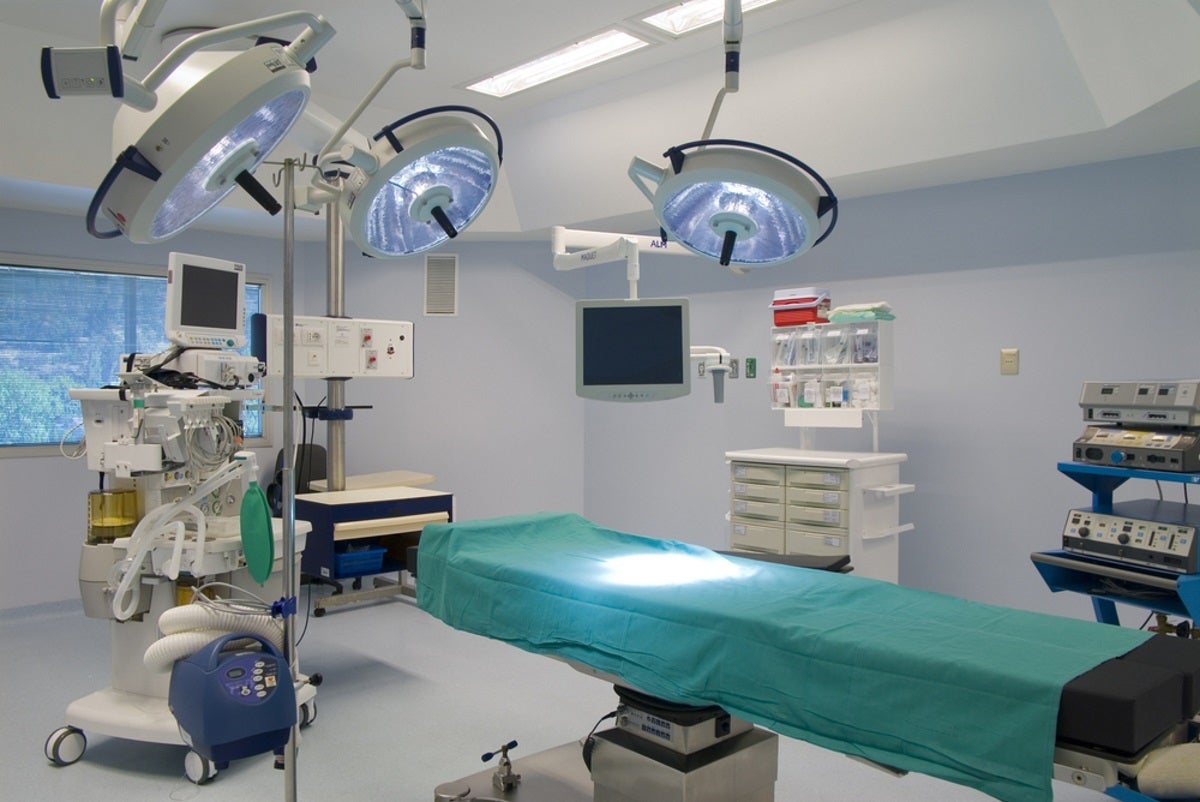Women’s Cancer Prevention: How a Hysterectomy Saves Lives
A hysterectomy is the surgical removal of the uterus, and may include the removal of the cervix, ovaries and fallopian tubes. The thought of such a serious surgery is a scary and painful thought for women. But, what women aren’t talking about is how common this surgical procedure is, especially in America. Women’s Health states that “A hysterectomy is the second most common surgery among women in the United States.” Over 500,000 hysterectomies are performed each year.
Nevada Surgical and Cancer Center wants to let women know that if they are in need of a hysterectomy, they are not alone. Dr. Lynn Kowalski is a skilled and professional gynecological surgeon in Las Vegas, Nevada, who wants women to know their options for surgery, and answer any questions patients have.
There are several outlets for women to share their experiences, and the more open we are about hysterectomies, the less frightening the idea can be, and the more support women will have through this life change.
For instance, even after a hysterectomy, it is still necessary to get a pap smear for many cases. A pap smear is a regular screening to test for an early diagnosis of cervical cancer. For partial hysterectomies, the uterus is removed and the cervix is still in place making it necessary to be regularly tested. If a woman had a partial or a total hysterectomy due to the cancer-related issue, it is still important to continue to get consistent pap tests to stay on top of any cancerous re-growth. However, if a woman has a total hysterectomy for a noncancerous reason, it is not necessary to have annual tests.
There are many different reasons a hysterectomy can bring healing and relief to women, and at the Nevada Surgery and Cancer Center, we focus on the health of patients with cancer. A hysterectomy can save lives when no other treatments can. In circumstances of various cancers that do not respond to other treatments, a hysterectomy may be the operation that saves your life and gets you back on the path to health. There are a few different types of cancer that are related to the need to for a hysterectomy.
- Endometrial Cancer
- Ovarian Cancer
- Cervical Cancer
- Uterine Cancer
Depending on the stage and the spreading of the cancer, your doctor will need to determine how much of the uterus to remove. There are three types of hysterectomy: The most aggressive treatment for cancer that has spread is a radical hysterectomy, which is the removal of the uterus, cervix and upper vagina. Ovaries and fallopian tubes may also be removed in these situations. Next, a total hysterectomy is the removal of the uterus and cervix. The last and least invasive hysterectomy is the subtotal, which only removes the uterus.
If you or a loved one have been diagnosed with a cancer that may require the removal of the uterus (a hysterectomy) in order to treat the cancer, Nevada Surgery and Cancer Center wants you to know more about these cancers to help you prepare and cope. Knowing how a hysterectomy could be the best option for a full recovery can help bring a modicum of comfort. There are many types of cancer that can contribute to the need for a hysterectomy, such as endometriosis and uterine cancer. Here are some basic facts for these cancers, and the way a hysterectomy can treat the cancer.
Endometriosis:
Endometriosis cancer starts in the inner lining of the uterus or womb when abnormal cells develop. Type 1 is thought to be caused by excess estrogen and is slow to develop and spread. Type 2 are more likely to grow and spread outside of the uterus, so doctors treat this type more aggressively.
Uterine Cancer:
Starts in the muscle layer or supporting connective tissue of the uterus. Cancers that start in epithelial cells, the cells that line or cover most organs, are called carcinomas.
More than 95% of cancers of the uterus are carcinomas. American Cancer Society lists three types of cancers:
- Endometrial stromal sarcomas develop in the supporting connective tissue of the endometrium. These cancers are rare, representing less than 1% (1 in 100) of all uterine cancers. These tumors are low grade―the cancer cells do not look very abnormal and they tend to grow slowly. Patients with these tumors have a better outlook than those with other uterine sarcomas .
- Undifferentiated sarcomas These cancers make up less than 1% of all uterine cancers and tend to have a poorer outlook.
- Uterine leiomyosarcomas start in the muscular wall of the uterus known as the myometrium. These tumors make up about 2% of cancers that start in the uterus.
With all cancers, the preferred treatment is the least invasive for the overall health of the patient. But if the cancer does not respond to other treatments like chemotherapy or other surgeries, a hysterectomy can put a cancer patient in full remission from these cancers.
Cervical Cancer:
This cancer starts in the cells lining the cervix in the lower part of the uterus or womb. These cells transform slowly into abnormal and pre-cancerous cells that can later turn into cancer. This type of cancer can be caught early with regular check ups with a gynecologist and pap smear tests. American Cancer Society cites some signs of symptoms such as abnormal vaginal bleeding, an unusual discharge and pain during intercourse. While these symptoms don’t always mean cancer, ignoring them without an examination could allow the cancer to worsen or spread. A hysterectomy is used to treat stage IA1 cervical cancers.
Ovarian Cancer:
Ovarian cancer accounts for only 3% of cancers among women, but it causes more deaths than any other cancer of the female reproductive system. Beginning in the ovaries, the symptoms are so subtle that the cancer can go undetected for long periods of time. Symptoms include pelvic pain and abdominal swelling or bloating. 95% of cases are of the type ovarian carcinoma. Treatment types include surgery, chemotherapy and radiation therapy, and often two or more treatments are used.
NVSCC encourages patients to enquire and explore all treatment options with the doctor so that they can make a plan together that’s best for the health, recovery and side effects of the patient. Don’t be afraid to ask questions so that you can get all the answers you need to make a decision for treatment.
There are different types of surgical procedures available such as abdominal and vaginal hysterectomies, however, Dr. Kowalski has mastered the robotic surgery using the Da Vinci Surgery System, which has the fastest recovery time and least amount of healing pain.
Dr. Lynn D. Kowalski has been a successful and highly recommended doctor in Las Vegas since 1998 when she founded Nevada Surgery and Cancer Center (NVSCC). Taking an interest in gynecology and hysterectomies, Dr. Kowalski wanted to be on the innovative front of minimally invasive surgeries to help women. She now specializes in robotic surgeries with the help of the Da Vinci Surgical System so that you can heal from your hysterectomy faster and get back to your everyday life.
Dr. Kowalski wrote an engaging book entitled “Not Your Mother’s Hysterectomy” in 2014 because she wanted to inform women about the different options for the surgical procedure. She says, “Some women dread the “Big Cut” (a large incision) and the lengthy recovery, so they put off the procedure, possibly to the detriment of their health. Others have the surgery, never really knowing why it was done, what exactly was removed, or what their surgical choices may have been.”
Dr. Lynn D. Kowalski has performed thousands of surgeries over her many years in practice, and continues to push forward in helping women educate themselves for the betterment of their own health and wellbeing.
If you or someone you know is looking for treatment options for cancer, seek out a doctor that’s experienced and can answer your questions. To set up an appointment, contact the Nevada Surgery and Cancer Center on our website or call 702-739-6467.
This article is used by permission from Nevada Surgery & Cancer Care







